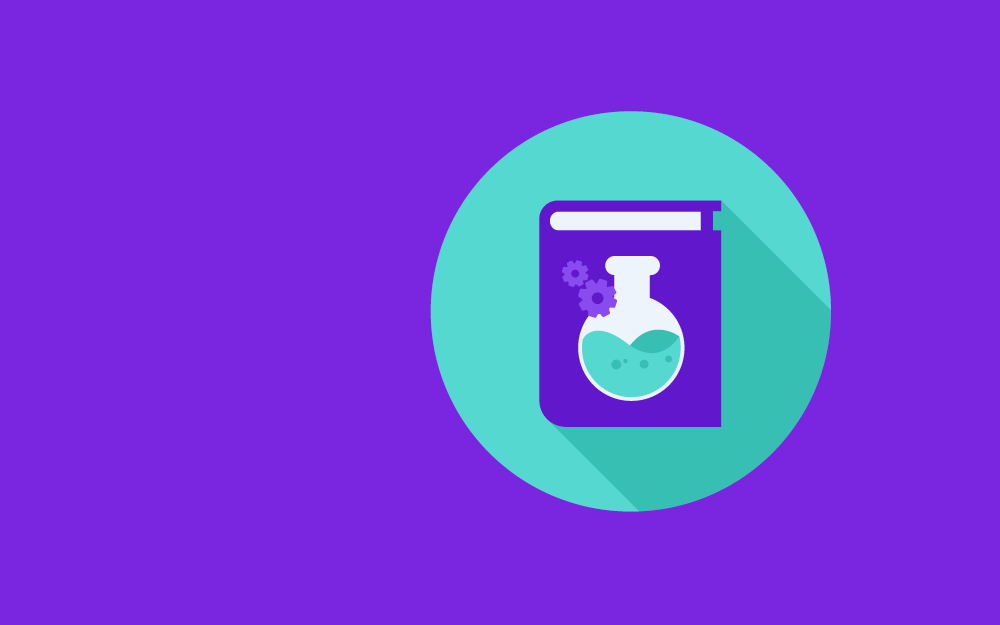

Quality assessment (QA) is the evaluation of the results obtained in the lab using known standards and proficiency panels in order to validate quality control and quality assurance programs. Quality assessment can be internal, where the lab’s staff performs the verification tests, or external quality assessment (EQA), where an agency outside the lab is tasked with examining the lab’s performance. It is a critical step in the 12-step quality system essentials discussed here and its success reflects on the effectiveness of quality management. It also lays the foundation for recognition of the lab’s conformance by external groups.
While quality control refers to the technical activities employed to ensure laboratory results are reliable, quality assessment refers to the procedures undertaken to evaluate the effectiveness and efficiency of all or part of the quality management system, to obtain evidence that criteria set are being met. It involves data collection and analysis to determine the level at which standards are adhered to. In cases where these standards are not met, a report on the reasons for failure is made, as well as the corrective measures needed.
Quality assessment in the lab should be regular to adequately monitor the effectiveness of the laboratory quality management system. Two types of assessments or audits are available that can yield useful information to improve processes and procedures in the lab;-
An internal quality assessment (IQA) can act as a preparatory event for an external quality audit. It can be used to quickly identify any non-conformance and give the lab the opportunity to rectify it before the more impactful EQA. It can be performed as frequently as needed especially when a problem is identified within the lab workflow.
For a successful internal quality assessment, the lab quality manager should;-
This involves a comparison of the lab’s testing and analysis performed to another similar lab or reference lab.
A laboratory can undergo an EQA for a variety of reasons including the following:-
The EQA process can be carried out through proficiency testing, retesting of samples already analyzed in the lab undergoing auditing, and on-site evaluation.
Proficiency testing
This is the most widely used EQA tool that tests a lab’s performance and the competence of its personnel. It involves challenge tests where the agency/lab proving the proficiency test sends an unidentified sample or test material to the lab undergoing auditing. The lab is supposed to use the routine tests and workflow procedures i.e. treat the test sample as any other sample sent into the lab. This is to ensure the results correctly reflect the labs’ abilities.
Once the test is complete, the results are sent to the proficiency test provider which communicates the score of the challenge. This score is used to gauge the effectiveness of the lab’s quality management system.
Re-testing
This involves the independent re-examination of tests. It is appropriate only for certain labs and tests such as hematology and pathology tests where the preserved samples can be tested against the reference. The process is blinded, whereby the evaluators do not know the reported results from the lab being audited.
On-site assessment
This gives a real-time assessment of procedures and staff competence. It involves periodic visits to the lab by evaluators.
The IQA and EQA produce an audit report that contains:
When a laboratory undergoes an external audit, the laboratory needs to be fully prepared so that the assessment experience is as easy as possible for both the assessors and the laboratory staff, and so the assessment yields the maximum amount of information. To be ready for the external audit, it is necessary to:
After the external audit has been completed, the laboratory should:
Quality assessment is an integral part of the laboratory management system and it allows for continuous improvement of the lab processes and procedures through the identification of opportunities for improvement. It allows the lab to determine their level of performance and staff training needs as compared to a certain benchmark or standard. Finally, the assessment and the subsequent corrective measures ensure that the laboratory is constantly meeting regulatory, accreditation, and customer requirements.
